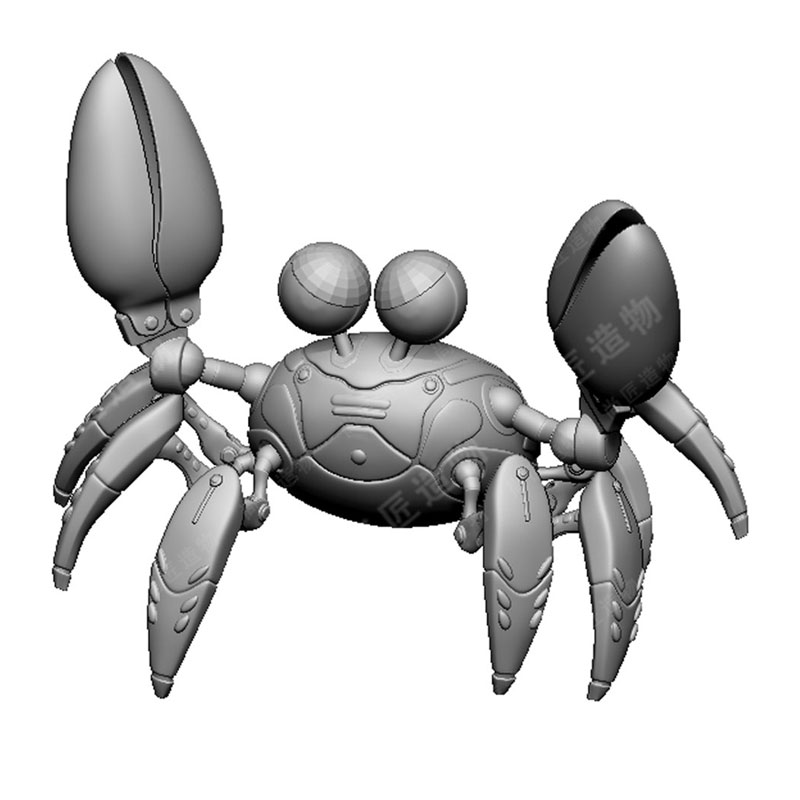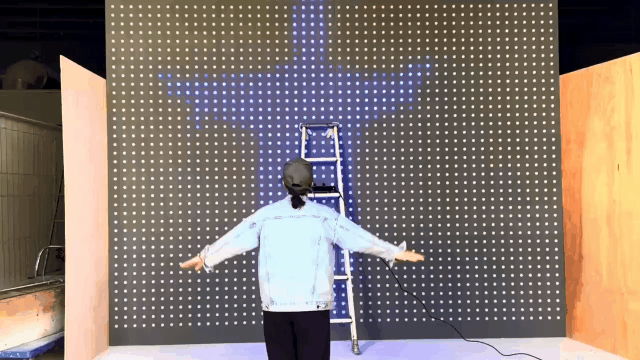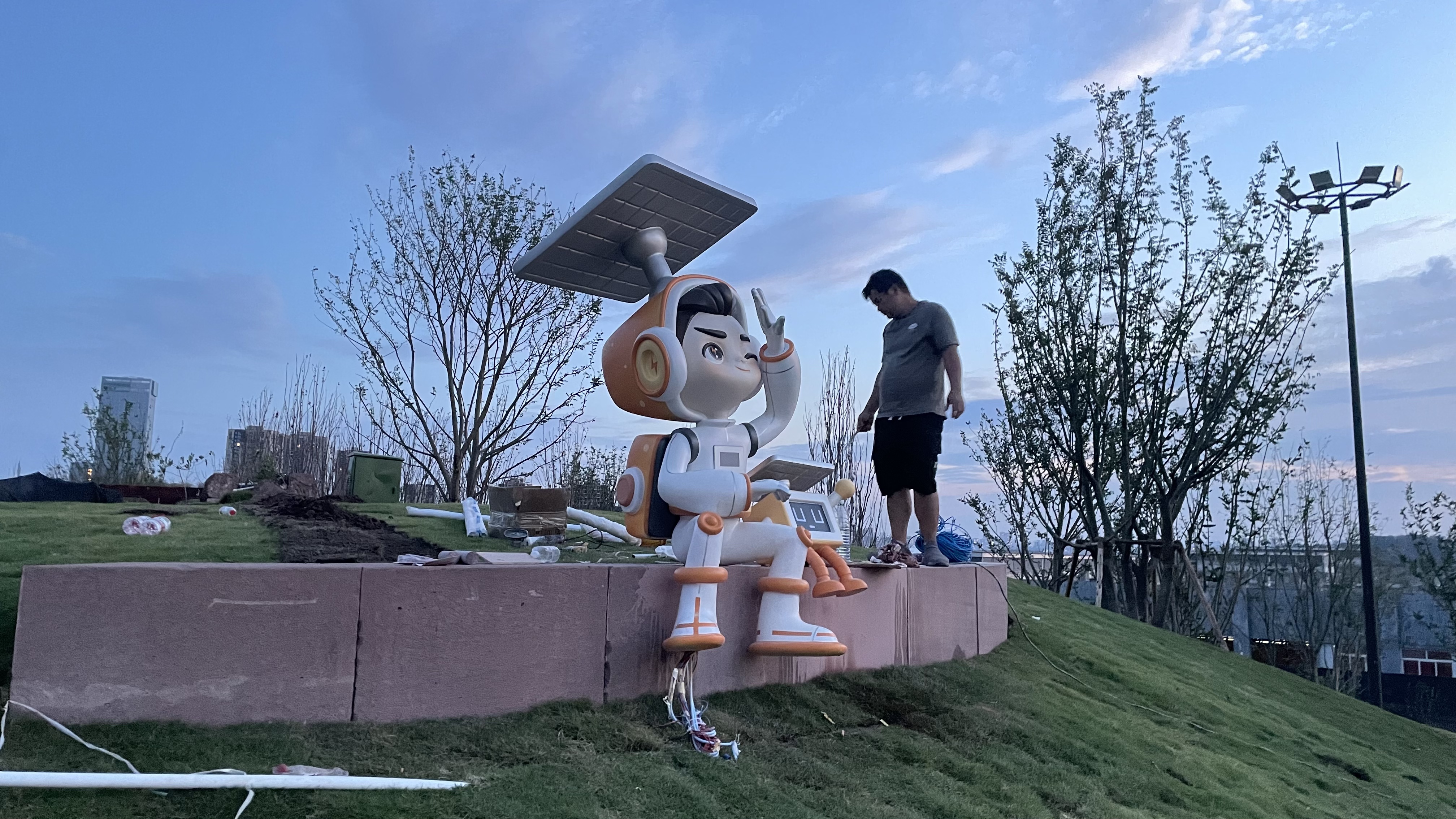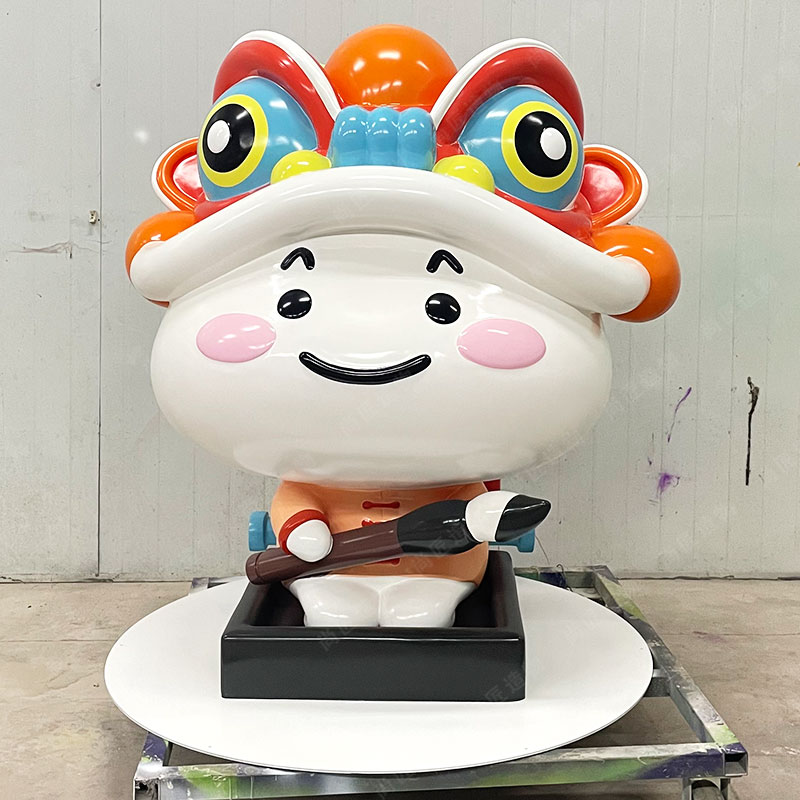Key Takeaways
Realistic sculpture pop culture figurines transform events by bridging fandom with tangible artistry. These detailed creations capture iconic characters from movies, TV shows, and music, offering attendees a tactile connection to beloved stories. Their lifelike textures—from flowing superhero capes to weathered instrument finishes—make them focal points at conventions, holiday markets, and themed parties.
| Figurine Type | Key Features | Ideal Event Use |
|---|---|---|
| Music Legends | Stage poses, signature instruments | Tribute concerts, album launches |
| TV Show Memorabilia | Scene-specific detailing | Premiere parties, fan meetups |
| Holiday Market Gifts | Seasonal themes, gift-ready packaging | Winter festivals, pop-up shops |
"Event figurines act as cultural touchstones. When guests see a hyper-realistic IP character sculpture, it sparks immediate recognition and emotional engagement," notes event curator Mara Lin.
For organizers, aligning figurine designs with event themes ensures cohesive storytelling. A comic convention might feature battle-ready superhero statues, while a retro music festival could highlight sculpted rockstars mid-performance. Pro tip: Pair figurines with QR codes linking to trivia or scavenger hunts to deepen attendee interaction.
Crafting these pieces demands precision—3D sculptors often study archival footage to replicate costumes and expressions. The result? Collectibles that resonate beyond aesthetics, becoming conversation starters and photo backdrops. When selecting figurines for events, prioritize durability (for handling) and scale (visibility in crowded spaces).

Pop Culture Event Figurines Essentials
Pop culture event figurines serve as tactile bridges between fans and their favorite characters, blending artistry with fandom. These sculptures often depict characters from movies, TV shows, and music, crafted with precision to capture facial expressions, costumes, and signature poses. Materials like polymer clay, resin, or even stainless steel ensure durability while maintaining intricate details. Event organizers prioritize figurines that align with themes—for example, superhero designs for comic conventions or retro music icons for vinyl-themed markets.
Beyond aesthetics, functionality matters. Figurines designed for interactive challenges, such as scavenger hunts or photo ops, often include modular parts or QR codes linking to digital content. Customization options, like limited-edition finishes or event-specific branding, add exclusivity. This versatility makes them ideal for both immersive displays and practical engagement tools, ensuring they resonate with diverse audiences while reinforcing event narratives.

Handcrafted Collectibles for Iconic Events
Handcrafted pop culture figurines have become a staple at major events, blending artistry with fandom to create lasting impressions. These meticulously crafted sculptures often depict characters from blockbuster films, classic TV shows, and legendary music eras, offering attendees tangible connections to beloved stories. For conventions like Comic-Con or themed holiday markets, artisans use materials such as resin, polymer clay, and acrylic paints to achieve lifelike details—from expressive facial features to iconic costumes. A growing trend includes limited-edition releases tied to event themes, such as Cartoon sculpture tributes celebrating animated classics.
Beyond aesthetics, these collectibles serve practical roles. Event organizers commission custom figurines as exclusive merchandise, driving engagement through scavenger hunts or VIP perks. For smaller gatherings, DIY workshops teach attendees basic sculpting techniques, fostering creativity while honoring pop culture narratives. The tactile nature of handcrafted pieces also makes them ideal gifts, combining sentimental value with cultural relevance. As events evolve, the demand for authentic, small-batch figurines continues to rise, reflecting a preference for uniqueness over mass-produced memorabilia.

Music Legend Sculptures in Pop Culture
Music legend sculptures capture the essence of iconic artists, transforming their stage personas into tangible art for events. These figurines often depict artists like Elvis Presley, David Bowie, or Freddie Mercury in dynamic poses, replicating signature outfits and instruments with meticulous detail. For example, a fiberglass sculpture of Jimi Hendrix mid-performance might feature his vibrant psychedelic attire and a hand-painted Stratocaster guitar, appealing to both collectors and casual fans.
Event planners integrate these sculptures into themed booths at conventions or live music festivals, where they serve as photo backdrops or conversation starters. A sculpture of Whitney Houston could anchor a tribute area at a holiday market, paired with interactive elements like lyric trivia or vinyl record displays. Materials like polymer clay or resin ensure durability, while layered paint techniques replicate textures such as leather jackets or sequined gowns. By blending nostalgia with craftsmanship, these works bridge generational gaps, making them versatile additions to events celebrating music history.

Immersive Convention Displays with Figurines
Conventions thrive on engagement, and realistic sculpture pop culture figurines offer a tactile bridge between fans and fictional worlds. These displays often recreate iconic scenes—such as a superhero showdown or a retro video game arena—using meticulously detailed figurines scaled to match lifelike environments. For instance, a Star Wars-themed booth might position hand-painted character sculptures alongside interactive dioramas, allowing attendees to photograph themselves "battling" Darth Vader or navigating a miniature Mos Eisley Cantina.
Event organizers increasingly incorporate augmented reality (AR) triggers into such setups, where scanning a figurine unlocks exclusive digital content or trivia challenges. This hybrid approach extends dwell time at booths while reinforcing brand narratives. Meanwhile, limited-edition convention-exclusive figurines—like a glow-in-the-dark vampire from a cult TV series—create urgency among collectors, often selling out within hours. The strategic placement of these sculptures along high-traffic corridors also naturally guides visitor flow, ensuring key sponsors or exhibits gain visibility. By merging artistry with spatial design, these displays transform passive observation into participatory storytelling.

Holiday Market Gift Figurines Guide
Holiday markets thrive on unique, memorable gifts, and realistic pop culture figurines have become a staple for shoppers seeking standout presents. These handcrafted collectibles often feature characters from beloved franchises like Star Wars, Harry Potter, or Stranger Things, rendered in meticulous detail to capture their iconic personalities. Materials such as resin, polymer clay, or even kinetic sculpture techniques ensure durability while maintaining lifelike textures, from flowing capes to intricate armor.
Many vendors tailor their designs to seasonal themes—imagine a Santa-themed Iron Man or a snow-dusted Hogwarts diorama. For music enthusiasts, miniature sculptures of legends like David Bowie or Elvis Presley, posed mid-performance, blend nostalgia with artistic craftsmanship. Customization options, such as engraved bases or themed accessories, add personal touches ideal for gift-giving. Pricing typically ranges from $25 for smaller pieces to $150+ for limited editions, appealing to both casual buyers and serious collectors.
To enhance market appeal, some booths integrate trivia cards or QR codes linking to character backstories, turning figurines into interactive storytelling tools. This approach not only drives engagement but also aligns with the broader trend of merging physical art with digital experiences in pop culture memorabilia.
Interactive Challenges Using Pop Culture Art
Interactive challenges featuring pop culture figurines add dynamic engagement to events by blending art with participatory activities. Attendees might encounter trivia contests testing their knowledge of iconic characters, scavenger hunts to locate hidden sculptures, or photo contests encouraging creative poses with lifelike figurines. These activities not only entertain but also deepen connections to the featured franchises, making conventions or holiday markets more memorable. For example, a "Spot the Easter Egg" challenge could task guests with identifying subtle references in sculpted movie characters, while a "Design Your Hero" station might let participants customize miniature bases with themed accessories. Such challenges often align with event themes—comic conventions might focus on superhero lore, while music festivals could highlight legendary artist sculptures. By integrating tactile and intellectual elements, these interactions transform static displays into immersive experiences, fostering camaraderie among attendees and prolonging their engagement with the event space.

TV Show Memorabilia Sculptures Explained
TV show memorabilia sculptures capture beloved characters and moments in striking detail, making them centerpieces at fan conventions, themed parties, and retail displays. These sculptures often replicate iconic props, costumes, or scenes from popular series, such as a miniature Iron Throne from Game of Thrones or a lifelike bust of Walter White from Breaking Bad. Crafted from durable materials like resin or polymer clay, they balance artistic precision with practical durability for handling at events.
Unlike mass-produced merchandise, these pieces frequently incorporate subtle nods to pivotal plot points—a cracked phone symbolizing a character’s downfall or a signature accessory etched with hidden Easter eggs. Event organizers use them to create photo ops, trivia station prizes, or auction items to deepen audience engagement. For holiday markets, smaller-scale versions (6-12 inches tall) serve as premium gifts, often paired with QR codes linking to behind-the-scenes footage or actor interviews. While their designs align with studio guidelines, many artists add custom touches, such as interchangeable accessories or diorama bases, to reflect specific episodes or fan theories. This adaptability ensures each sculpture resonates with both casual viewers and dedicated collectors.
Crafting Realistic Event Figurines Techniques
Creating lifelike pop culture figurines for events requires a blend of traditional craftsmanship and modern technology. Artists begin by studying character details—from facial expressions to costume textures—using reference materials such as film stills, concept art, or archival photos. Advanced 3D modeling software helps translate these elements into digital prototypes, ensuring anatomical accuracy and dynamic poses. For hand-sculpted pieces, materials like polymer clay or resin allow for intricate detailing, such as replicating fabric folds or weathered armor.
Painting techniques play a critical role in achieving realism. Layered airbrushing adds depth to skin tones, while dry brushing highlights textures like leather or metallic surfaces. Some studios incorporate augmented reality (AR) tools during quality checks, projecting digital overlays to verify color matches against original designs. To streamline production for large events, modular molds enable consistent replication of popular characters without sacrificing individuality.
Collaboration with licensors ensures adherence to brand guidelines, particularly for figurines tied to franchises like Marvel or Star Wars. This balance between technical precision and artistic interpretation allows event organizers to offer collectibles that resonate with fans while maintaining durability for interactive displays or travel-friendly packaging.

Conclusion
Realistic sculpture pop culture figurines have become indispensable elements in modern event design, bridging nostalgia with contemporary engagement. These meticulously crafted pieces not only celebrate iconic characters but also create tangible connections between audiences and the stories they love. By integrating lifelike details—from textured costumes to expressive poses—artisans transform static objects into dynamic storytelling tools. For event organizers, such figurines offer versatile applications: enhancing thematic booths at conventions, serving as centerpieces for interactive challenges, or functioning as premium collectibles at holiday markets. Their adaptability extends beyond aesthetics, often doubling as conversation starters that foster community among attendees. As demand grows for immersive experiences, the role of these sculptures evolves, balancing artistic integrity with commercial viability. Whether displayed as standalone art or incorporated into larger installations, their ability to evoke emotion ensures lasting impact long after events conclude. This synergy between craftsmanship and cultural relevance underscores their enduring value in both entertainment and memorabilia markets.
Frequently Asked Questions
What materials are used to create realistic pop culture figurines?
Most artisans use polymer clay, resin, or 3D-printed plastics for durability and detail. Paint finishes are applied with acrylics or airbrushing to mimic textures like skin, fabric, or metallic surfaces.
How long does it take to craft a custom event figurine?
Production timelines vary: hand-sculpted pieces may require 40–80 hours, while 3D-printed designs can be completed in 10–20 hours, depending on complexity and curing time.
Are these figurines suitable for outdoor events?
Yes, if sealed with UV-resistant coatings. However, prolonged exposure to extreme weather is discouraged to prevent color fading or material warping.
Can I request figurines based on copyrighted characters?
Licensed creators collaborate with intellectual property holders for legal reproductions. Unlicensed replicas are typically limited to generic or parody designs to avoid infringement.
What makes pop culture figurines effective for convention displays?
Hyper-detailed sculptures attract attention by recreating iconic poses or scenes. Some events integrate motion sensors or LED lighting to enhance interactivity.
How do interactive challenges with figurines work?
Scavenger hunts or trivia games often pair figurines with QR codes, unlocking digital content or prizes when attendees scan them.
Are holiday market figurines different from convention pieces?
Seasonal designs prioritize portability and affordability, often featuring smaller sizes (5–10 cm) and festive themes like holiday-themed superheroes or musician caricatures.
What maintenance do collectible figurines require?
Dust with soft brushes monthly and store in temperature-controlled cases. Avoid direct sunlight to preserve paint integrity over decades.
 ch
ch English
English






